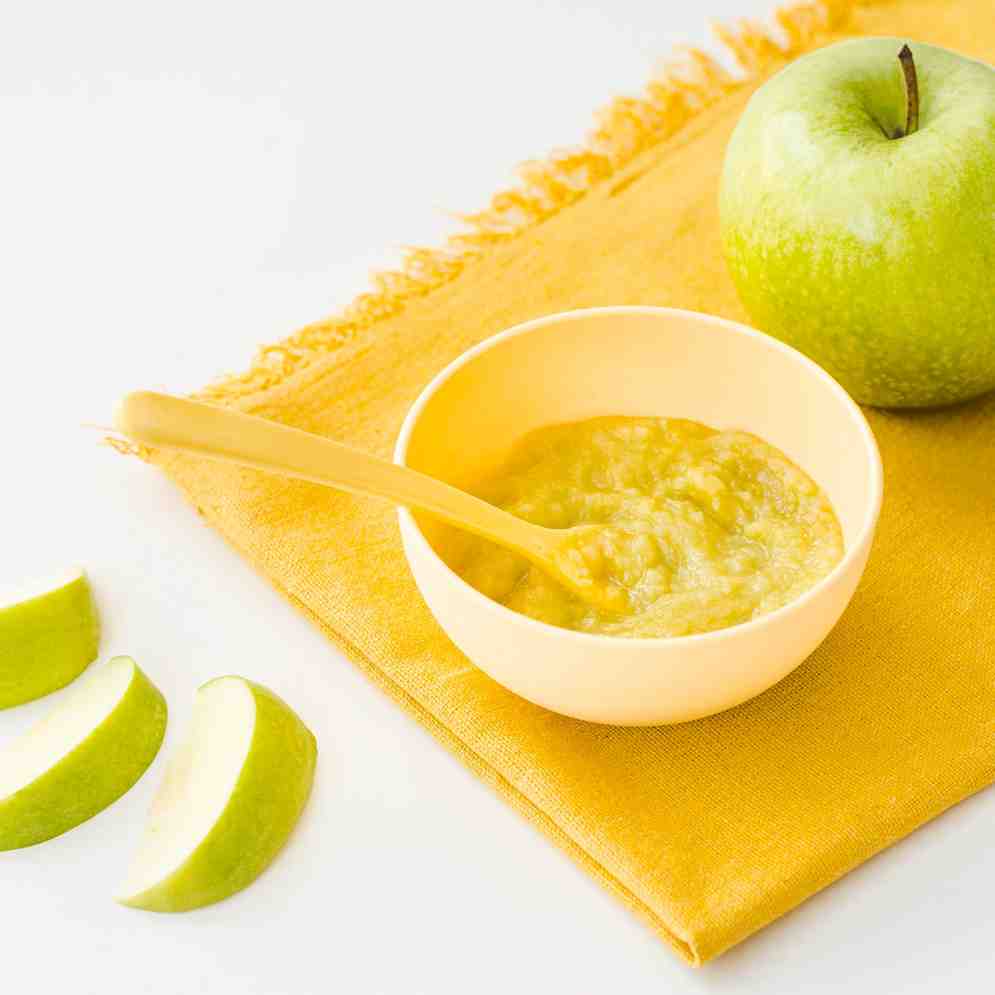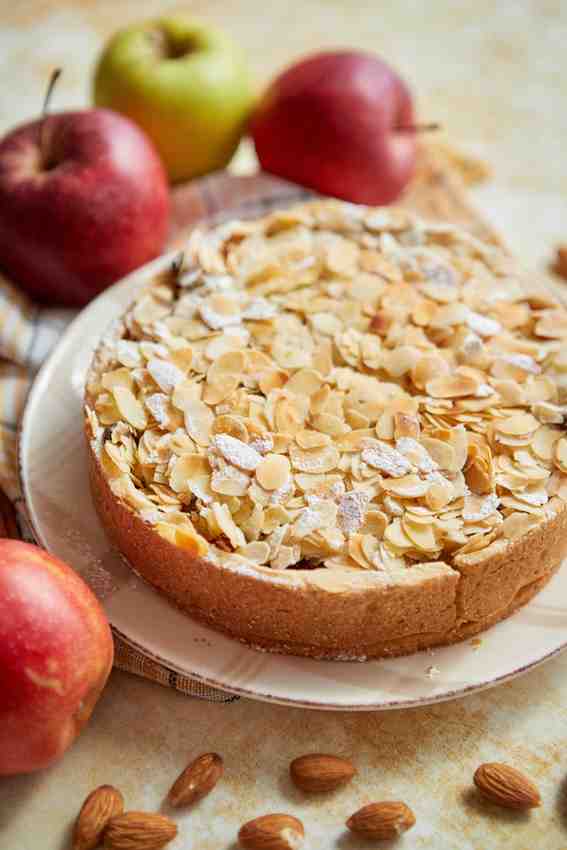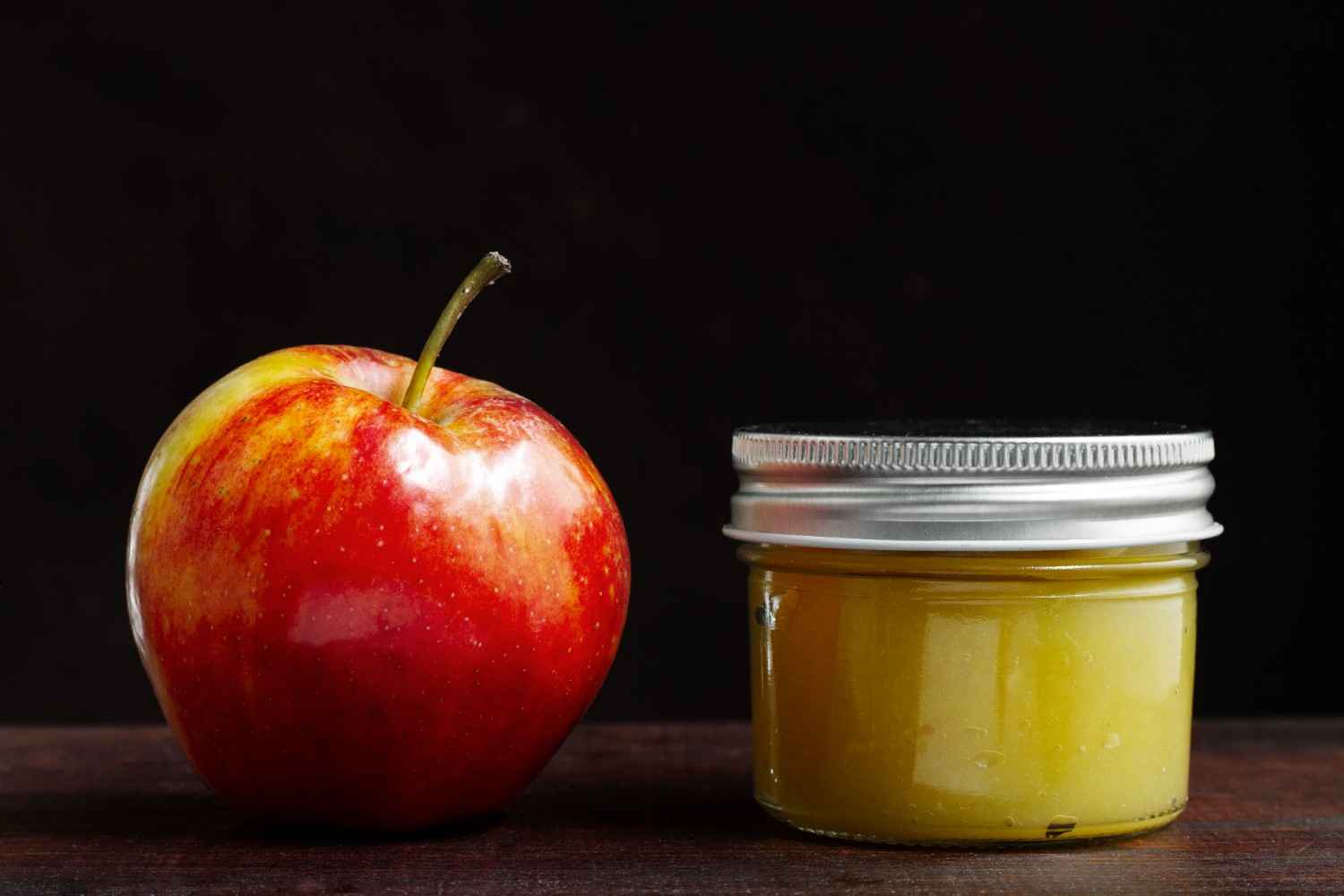Apple butter is a delicious, spiced fruit spread made by slow-cooking apples and enhancing them with warm spices like cinnamon and cloves. It has been a traditional fall favorite for generations, especially when it’s preserved through proper canning techniques for long-term storage. This guide will help you make and can apple butter successfully.
How to Make Apple Butter: A Step-by-Step Guide
Making apple butter is a simple but time-intensive process. By following these steps, you’ll create a delicious spread that’s perfect for use on bread, pancakes, or even in recipes like baked goods and glazes.
Key Ingredients and Tools for Apple Butter
Essential Ingredients
For the best apple butter, you’ll need the following ingredients:
- Apples: A mix of sweet and tart apples works best. Varieties like Granny Smith, Fuji, and Honeycrisp give a balanced flavor.
- Sugar: Use white sugar, brown sugar, or a combination of both to sweeten the apple butter. Brown sugar adds a deep, caramelized flavor.
- Spices: Cinnamon is a must, and you can add cloves, nutmeg, or vanilla for more complexity. Some recipes also use apple cider or apple juice for richness and to enhance the apple flavor.
Necessary Tools
Having the right tools on hand will make the process smoother and more efficient:
- Slow cooker or stovetop pot: These will allow you to cook the apples down to the right consistency.
- Immersion blender or food mill: These tools are essential for blending the apples into a smooth, butter-like texture.
- Canning jars and lids: Sterilized jars are necessary if you plan to can and store your apple butter for an extended period.
Cooking Apple Butter: Slow Cooker vs. Stovetop Methods

There are two popular methods for cooking apple butter, each with its advantages.
Slow Cooker Method
The slow cooker method is great for a hands-off approach, and it allows the flavors to develop slowly over time.
- Start by peeling, coring, and chopping the apples. Add them to the slow cooker with a bit of water or apple cider.
- Cook the apples on low for 8 to 10 hours, stirring occasionally.
- Once the apples have broken down and softened, use an immersion blender to puree the mixture until smooth.
- Continue cooking the apple butter on high for 2 to 3 more hours, keeping the lid slightly ajar to let moisture escape and allow the apple butter to thicken.
Stovetop Method
The stovetop method requires more attention but can deliver faster results.
- Place peeled and chopped apples in a large pot with water or apple juice. Cook over medium heat, stirring often.
- Once the apples are soft, puree the mixture using an immersion blender or food mill.
- Return the puree to the pot and add sugar and spices.
- Continue to cook the apple mixture on low heat, stirring frequently to prevent burning. The apple butter is done when it thickens and can hold its shape on a spoon.
Blending for Texture
Using an immersion blender or food mill helps you achieve the desired smooth texture. Blend the apples thoroughly until no lumps remain. For a chunkier consistency, blend lightly, but for a creamy, spreadable texture, blend until smooth.
Ingredients
- 5.5 lbs (2.5 kg) soft, sweet apples (e.g., Golden Delicious, McIntosh, Fuji, Gala), cored and chopped into small pieces (about ¼”)
- 1 cup (200 g) brown sugar, firmly packed
- ¾ cup (150 g) granulated sugar
- 1 tablespoon ground cinnamon
- ¼ teaspoon salt
- ⅛ teaspoon ground cloves
- 1 vanilla bean (or 1½ teaspoons vanilla extract)
Flavor Enhancements for Apple Butter

Adding spices and adjusting sweetness are key steps to perfecting your apple butter.
Adjusting Sweetness
The sweetness of apple butter can vary based on your preference. While some people prefer a rich, sugary butter, others may want a more subdued flavor. You can reduce the amount of sugar by half and adjust after tasting. If you want extra depth, brown sugar is a good choice.
Adding Spices and Flavor Depth
To elevate the flavor of your apple butter, consider adding:
- Cinnamon: A staple spice in apple butter, giving it a warm and comforting flavor.
- Cloves: This spice provides a bold, aromatic flavor. Use sparingly as it can be overpowering.
- Nutmeg or Vanilla: Add a dash of nutmeg or a splash of vanilla extract to enhance the overall complexity.
- Cider or Brandy: For a richer taste, add apple cider or a splash of apple brandy during cooking.
These spices transform a basic apple butter into a luxurious, flavorful spread.
Testing the Doneness of Apple Butter
Apple butter is ready when it reaches the right thickness. To test doneness, try the spoon test:
- Take a spoonful of apple butter and hold it away from steam for two minutes. If the butter stays mounded on the spoon without running, it’s ready for canning.
- Alternatively, place a small amount of apple butter on a plate. If no liquid separates from the butter after a few minutes, it’s done.
These methods help ensure that your apple butter is thick enough to spread and ready for preservation.
How to Use Apple Butter
Apple butter is incredibly versatile and can be used in a variety of ways.
Popular Pairings
Apple butter is commonly enjoyed as a spread on:
- Toast or Biscuits: Spread apple butter over a warm slice of toast or a flaky biscuit for a comforting breakfast treat.
- Oatmeal or Yogurt: Stir apple butter into your morning oatmeal or yogurt for an added burst of fall flavor.
- Pancakes and Waffles: Use apple butter as a topping for pancakes or waffles instead of syrup.
Cooking with Apple Butter
Apple butter is also a fantastic ingredient in cooking and baking:
- Apple Butter Bars: Use it as a filling for spiced apple bars.
- Muffins and Quick Breads: Apple butter can be mixed into the batter of muffins or breads for added moisture and flavor.
- Meat Glazes: Use apple butter as a glaze for pork or chicken, adding sweetness and depth to your savory dishes.
By following these detailed steps, you’ll be able to create a delicious apple butter and enjoy it in a variety of ways. Whether you’re spreading it on toast or using it in creative recipes, this fall favorite is sure to become a staple in your kitchen.
Successful Canning Steps for Apple Butter

Canning is an essential step in preserving apple butter, ensuring it remains fresh and safe to eat for months. By following these canning instructions, you’ll be able to store your apple butter safely and enjoy it all year long.
Introduction to Canning
Canning is a preservation method that allows you to store apple butter for an extended period, keeping it fresh and safe. The process involves sealing the apple butter in sterilized jars, then processing them in a water bath canner to create a vacuum seal. This prevents spoilage and keeps your apple butter shelf-stable.
Some of the benefits of canning include:
- Long-term preservation: Properly canned apple butter can last up to 18 months.
- Food safety: The high heat involved in water bath canning ensures that any bacteria or yeast are destroyed, preventing foodborne illnesses.
- Convenience: Canning allows you to make large batches of apple butter and store them for later use, reducing food waste and providing a convenient, homemade product year-round.
Preparing for Canning
Sterilizing Jars and Lids
Sterilizing your jars and lids is one of the most important steps in the canning process. It ensures that no bacteria remain in the jars, which could compromise the quality of the apple butter.
Here’s how to properly sterilize your jars:
- Wash the jars and lids thoroughly in hot, soapy water.
- Place the jars in a large pot or canner, fill the pot with water, and bring it to a boil. Boil the jars for 10 minutes to sterilize them.
- Keep the jars in the hot water until you are ready to fill them, ensuring they remain sterile.
For the lids, submerge them in hot (but not boiling) water to soften the sealing compound, making them ready for a tight seal.
Preparing Apple Butter for Canning
Once your jars are sterilized, you need to ensure the apple butter is hot and ready for canning. Keep the apple butter warm on the stove while you prepare your jars. Before filling the jars:
- Stir the apple butter to remove any trapped air.
- Make sure the texture is smooth and consistent.
- Check the thickness using the spoon or plate test.
By keeping the apple butter hot, you prevent any contamination and ensure a proper seal during the canning process.
Water Bath Canning Method
Water bath canning is the safest and most common method for preserving apple butter. It involves submerging the filled jars in boiling water for a set amount of time.
Filling Jars Correctly
To ensure the apple butter is safely preserved, follow these steps when filling the jars:
- Use a ladle to pour the hot apple butter into the sterilized jars.
- Leave about ¼ inch of headspace at the top of the jar. This space allows for expansion during the sealing process.
- After filling, run a spatula or de-bubbler tool around the edges of the jar to remove any trapped air bubbles.
- Wipe the rims of the jars with a clean, damp cloth to ensure no residue is left, which could prevent the lids from sealing properly.
Processing in a Water Bath
Once your jars are filled and the lids are in place, it’s time to process them in the water bath canner:
- Place the jars in a water bath canner with enough water to cover the tops of the jars by at least 1 inch.
- Bring the water to a boil. Once it reaches a full boil, start your timer.
- For half-pint and pint jars: Process for 10 minutes if you’re below 1,000 feet in elevation. If you’re at a higher altitude, adjust the processing time accordingly.
- For quart jars: Process for 15 minutes, adjusting for altitude if needed.
- After processing, turn off the heat and let the jars sit in the hot water for 5 minutes. This helps prevent siphoning, where liquid is drawn out of the jars.
Cooling and Sealing the Jars
Carefully remove the jars from the canner and place them on a towel-lined counter. Let them sit for 12-24 hours without touching. As the jars cool, you’ll hear the lids “ping,” indicating they’ve sealed properly. After 24 hours, check the seals by pressing down on the lid. If it doesn’t move, the jar is sealed.
Troubleshooting Common Canning Issues
Dealing with Sealing Problems
If a jar doesn’t seal properly, you can try reprocessing it within 24 hours. To do this:
- Remove the lid, clean the rim of the jar, and replace it with a new lid.
- Process the jar in the water bath again for the full processing time.
Alternatively, you can refrigerate any unsealed jars and use the apple butter within a few weeks.
Preventing Air Bubbles
Air bubbles trapped in the jar can prevent proper sealing. Use a de-bubbler tool or a spatula to run along the sides of the jar after filling it with apple butter. This ensures any air bubbles are removed before processing.
Storing and Shelf Life of Canned Apple Butter
Properly canned apple butter can last for 12 to 18 months if stored correctly. To ensure longevity:
- Store the jars in a cool, dark place, such as a pantry or cupboard.
- Avoid exposing the jars to sunlight or temperature fluctuations, as this can compromise the seal.
Once opened, store the apple butter in the refrigerator and use it within 2 to 3 weeks. By following these storage tips, your apple butter will stay fresh and flavorful for months.
FAQs about Apple Butter and Canning
What is the Best Apple Variety for Apple Butter?
A mix of sweet and tart apples, such as Granny Smith, Fuji, and Honeycrisp, gives apple butter a well-balanced flavor. The combination of these apple varieties enhances both the sweetness and acidity.
Can I Use a Food Processor Instead of a Blender?
Yes, a food processor can be used to puree the cooked apples. Just ensure that you process the apples in small batches to avoid overfilling and spillage.
How Long Does Canned Apple Butter Last?
When properly canned, apple butter can last for up to 18 months in a cool, dry place. After opening, it should be refrigerated and used within 2 to 3 weeks.

